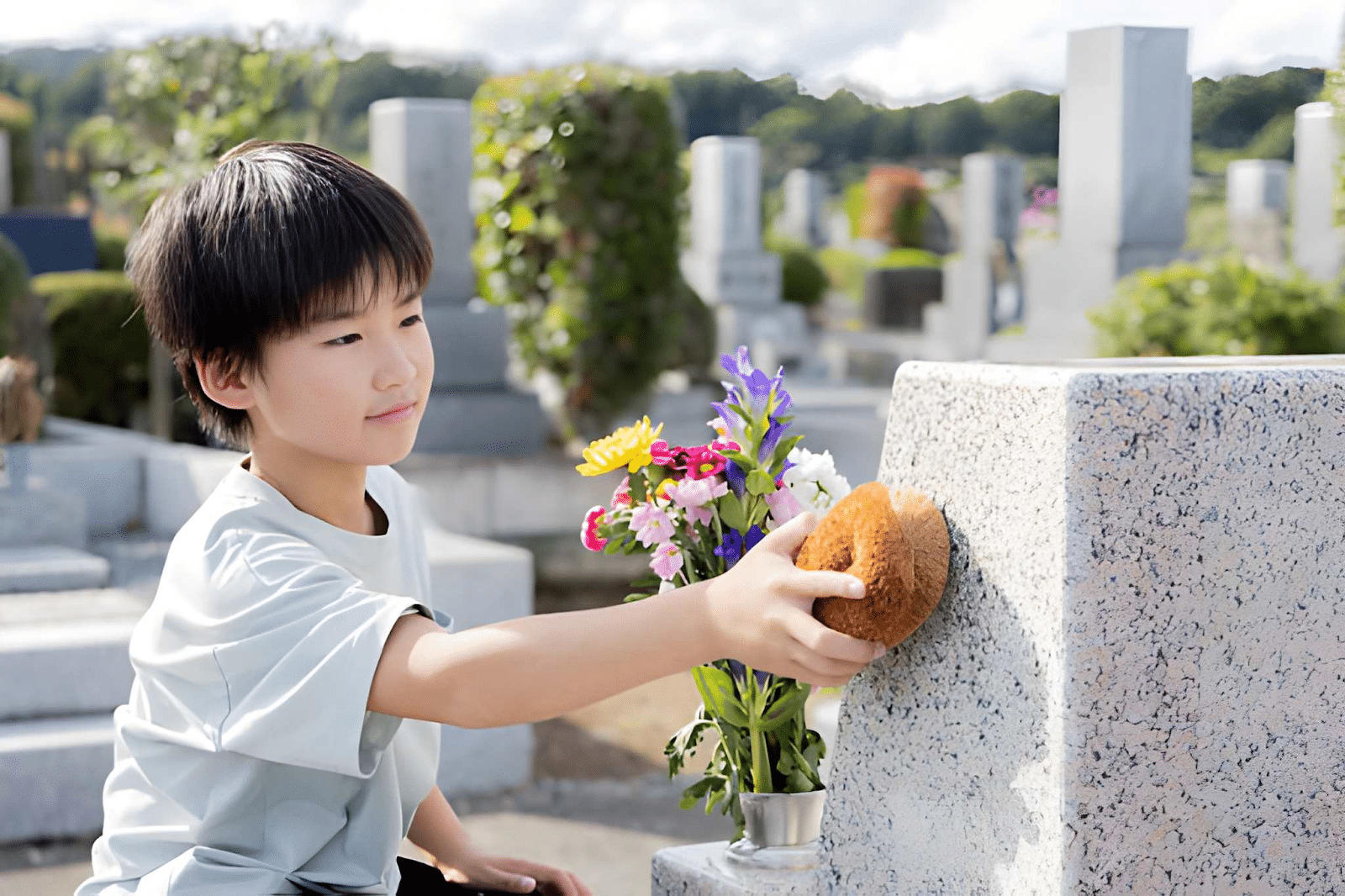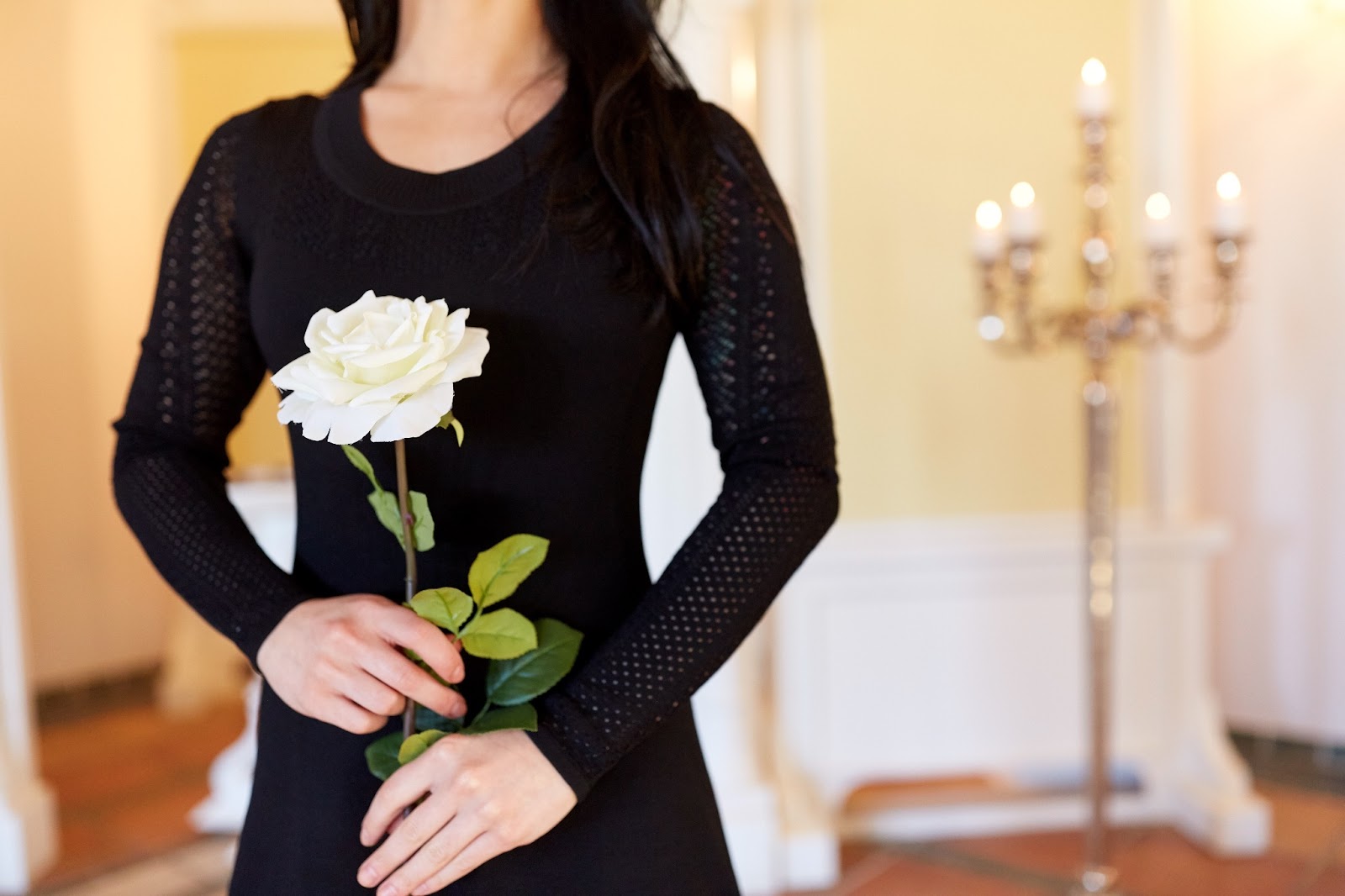Celebrating the Hungry Ghost Festival in Singapore
For some Chinese communities around the world, every year on the seventh lunar month (which tends to happen in August for the Gregorian calendar), is when the Hungry Ghost Festival happens. While it spans a month proper, the height of the event (and some say the actual day itself) is on the 15th day of that month.
In its very traditional form, the Hungry Ghost Festival aka Zhongyuan Jie is one of the four festivals where the Chinese pay respects to their ancestors, with the others being the eve of Lunar New Year, Qingming Jie, and Chongyang Jie. In Singapore, the Hungry Ghost Festival is one of the most visible ones out of the rest, with very public displays of offerings and worship that can be seen around the island.
The origins of the Hungry Ghost Festival
While its exact beginnings are unclear, there are three main beliefs that explain the origins. The first comes from India, and recounts a Buddhist Mahayana scripture that explains how a prince expressed his piety to the ghosts of his deceased parents by requesting Buddha for help in feeding them when they were in the underworld. The deity suggested he feed monks to transfer the karmic intentions to them. This is why the focus for Buddhists on this season is on filial piety.
The second dates back to the pre-Qin period (2100 – 221 BC), when ancestor worship activities were started in the courts, but later spread to the masses. This was particularly timed just after the harvest, where gratitude for bountiful crops can be shown with some offerings.
The third originates from the Taoist religion after the Eastern Han Dynasty (25 – 220), and the belief here is that the gates of hell were opened for a month and the spirits would roam the mortal realm during this time.
The first record of the Hungry Ghost Festival in Singapore was in 1873, where it was mentioned in the newspapers, and the practice has remained since.
Why are there so many public displays of food and burning of paper offerings during that month?
The common theme between the above stories is one of offering gratitude to those who have gone before us. Whether it’s to one’s parents, ancestors or to other spirits, the act of offering spiritual sustenance is commonly practised during the month.
It is believed that the food items, often accompanied by candles and incense, are displayed on altars or roadsides for passing spirits to enjoy. On top of this, the Taoist believe that burning paper offerings sends the item directly to the nether world, which is why you might see paper versions of mansions, cars, money and even “helpers” who can assist the deceased.
This can be done in the aim of gratitude, but also to placate the hungry ghosts that have not “eaten” and are only allowed to do so during the festival.
Some differences for the Hungry Ghost Festival in Singapore
While the majority of the practice remains the same in Singapore, the population density and multicultural environment means that the government has had to implement some guidelines, which has modified some behaviour for its worshippers.
The most significant of these are the designated burning areas. If you’re seen large metal bins and the occasional fenced tanks in some heartland estates, those are the places where the burning of offerings can be done. Due to the damage to public property (such as lawns and sometimes floors), the allotted receptacles reduce the possibility of damage and dangers of wildfire.
The Hungry Ghost Festival in Singapore also shows up in open-air staged performances – known as Getai – where opera or musical concerts were held to entertain the ghosts. While traditional opera used to be common, the modern-day performances tend to be a mix of lively performances in English, Mandarin and dialect, with modern twists such as LED lights and more modern beats.
Things to avoid doing during the Hungry Ghost Festival in Singapore
According to customs, there are things one should avoid during the seventh lunar month. Even for non-believers, it is respectful to bear these points in mind and be mindful of certain behaviours during this time. Here are some things to note:
- Do not knock over offerings laid out in public areas: As these are meant for the spirits, it is akin to disrespecting them. Accidents happen of course and if so, just try to return the items to their original set-up as much as possible.
- Do not use burning bins as trash cans: Not only is it potentially toxic if the material is not suitable for burning, but the intention of burning litter for the spirits is also disrespectful.
- Adjust your meetings: Some people will prefer to not stay out late, avoid swimming or cutting their hair and nails during this period so be understanding if they should need to adjust their schedule.
- Do not kill any winged insects (especially moths): Believed to carry the spirits of the departed, killing one is seen as an aggressive attack.
- Never sit on the front row if you see it being left empty: The spirits are the VIPs during this month so they are given front row seats to accord respect.
Due to the implications, other major activities usually associated with joy are usually postponed during this month. These can include marriages, house renovations and moving, as well as buying of new vehicles. Otherwise, the month itself is pretty standard for the rest of the population.
Memorial Funeral is aware of traditional customs in Singapore, and is always on hand to advise and help one keep to respectful practices. Let us know if you should have any need to understand these religious practices.








